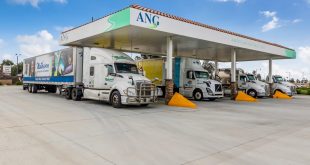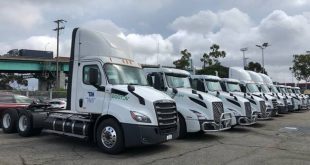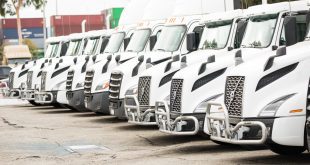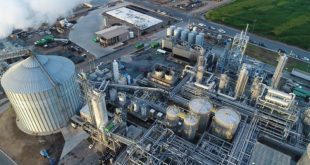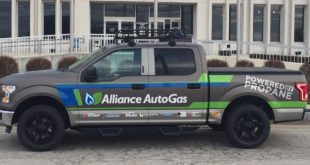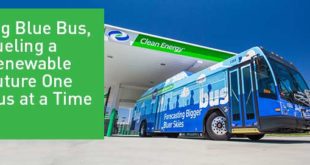Considering that America has some of the biggest natural gas reserves in the world, and gasoline has become extremely expensive in the past few years, it makes a lot of sense to start using it as vehicle fuel on a larger scale. But, while the benefits of using natural gas as an alternative to gasoline are multi-fold, as it reduces carbon dioxide emissions substantially, it costs much less than gasoline, and it can help end U.S. dependence on foreign oil, the number of vehicles that run on natural gas is pretty low, especially when compared to other countries that have vast reserves of this energy source, such as Iran, Argentina and Brazil.
Currently, there are a bit over 140,000 natural gas vehicles in America, but the vast majority of them are fleet cars, with very few passenger vehicles. Most of the vehicles that run on natural gas in the U.S. are transit buses, but lately, waste management and logistic companies have been increasingly including natural gas trucks in their fleets, as well. The main reason why there are so few natural gas vehicles is that the number of refuelling stations that have been put in place so far is not nearly enough to cater to a much larger fleet. At the moment, there are about 1,300 stations across the United States, with some of them being available to the public, and others only being used by private companies or government agencies.
Most of these stations are located in California, which has the strictest emission standards in the country, and actively promotes the use of alternative fuel vehicles. California offers various incentives that are supposed to encourage more consumers to buy natural gas vehicles. There are tax credits, grants, and fuel credits, which should help make more people switch from gasoline to natural gas.
In addition to California, Texas is another state that is ramping up its efforts for adoption of natural gas vehicles. The Texas Commission on Environmental Quality (TCEQ) has created the Texas Emissions Reduction Plan, which includes the Alternative Fueling Facilities Program, and provides grants for building and installation of natural gas stations. Those who are willing to install a compressed natural gas station, can apply for grants of up to $100,000, liquefied gas stations are eligible for $250,000, whereas the installation of stations that will provide both compressed and liquefied gas are supported with state grants of up to $400,000.
While these efforts alone can’t make NGVs a truly viable alternative to gasoline-powered vehicles, they are a good place to start. But, a more widespread adoption of NGVs can only happen if car makers start building them in large quantities, which won’t happen before a proper infrastructure is established. Energy companies, for their part, are not willing to invest in natural gas refueling stations until there are enough such vehicles on U.S. roadways that would make their investment economically justified, which leads to the same chicken-and-egg sort of situation that other alternative fuel vehicles are facing, such as hydrogen fuel cell-powered cars.
In any case, given that there will be abundant supplies of natural gas for decades to come, NGVs are expected to become commonplace, provided that gasoline continues to be far more expensive than natural gas, and auto-makers continue to develop the technology and try to reduce the costs for production of these vehicles.
Article by Jordan, appearing courtesy 2GreenEnergy.
 Alternative Energy HQ solar power for homes, wind energy, and bio fuel issues
Alternative Energy HQ solar power for homes, wind energy, and bio fuel issues

